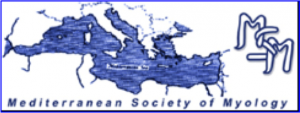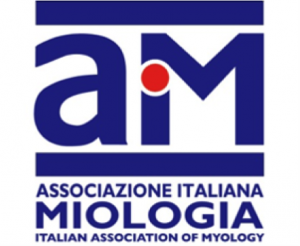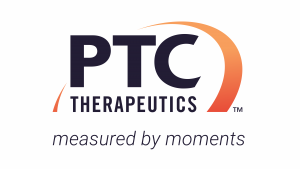Dystrophinopathies are allelic conditions caused by deletions, duplications and point-mutations in the DMD gene, located on the X chromosome (Xp21.2). Mutations that prematurely interrupt the dystrophin protein synthesis lead to the most severe clinical form, Duchenne muscular Dystrophy, characterized by early involvement of muscle strength. There is no known cure for dystrophinopathies. In DMD, treatment with corticosteroids have changed the natural history and the progression of the disease, prolonging ambulation, and slowing the onset of respiratory and cardiac involvement and scoliosis by several years. In the last few years, new perspectives and options are deriving from the discovery of pharmacological approaches able to restore normal, full-length dystrophin and potentially reverse the course of the disease. Read-through (RT) of nonsense mutations, thanks to its ability to bypass the premature stop codon and to act on virtually any region of the dystrophin gene, independently of the location in which the mutation resides, is one of these promising approaches. This non-systematic review shows the different steps that, passing from yeast to humans, have made it possible to use this innovative successful approach to treat serious diseases such as Duchenne muscular dystrophy.






